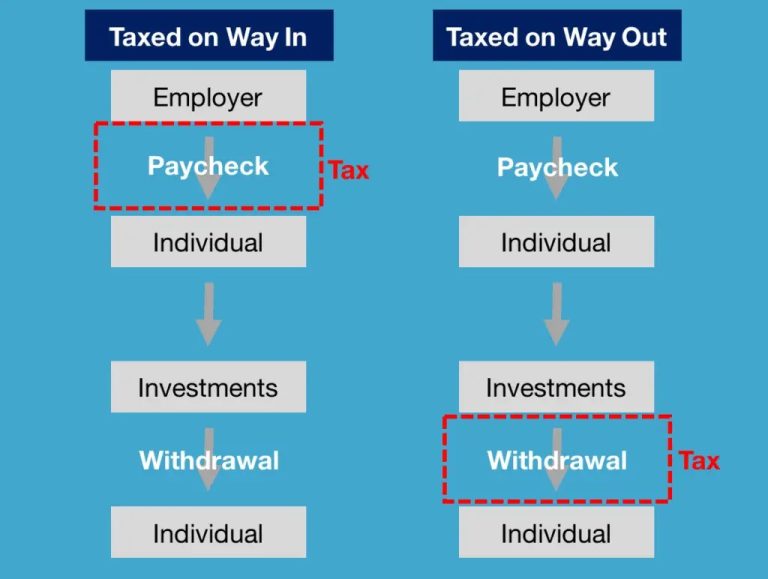In today’s fast-paced financial landscape, the allure of investing in precious metals remains compelling. As traditional investments like stocks fluctuate wildly, many investors are turning to precious metals as a safe haven. Whether you’re a seasoned investor or just starting out, understanding why and how to invest in precious metals can significantly benefit your financial strategy.
Why You Should Invest In Precious Metals

Precious metals, such as gold, silver, platinum, and palladium, have been valued by humans for thousands of years. These metals have played crucial roles in shaping economies and life as we know it today. Their intrinsic value, combined with their limited supply, offers a unique investment opportunity. Investing in precious metals can provide a hedge against inflation, a safeguard during economic turmoil, and potential gains as their prices fluctuate based on market demand.
One of the primary reasons to consider investing in precious metals is their historical performance during economic downturns. Unlike other assets that may suffer during periods of economic instability, precious metals often hold or even increase their value. Gold, in particular, is widely viewed as a reliable store of wealth. Throughout history, when confidence in fiat currencies declines, gold prices typically soar. This quality makes it an essential component of a diversified investment portfolio.
The rarity of precious metals also works in their favor. Unlike paper currency, which can be printed in large quantities by governments, precious metals are finite and can take considerable time and resources to mine. This limited supply contributes to their long-term value. As global economies expand and populations grow, the demand for these metals will likely continue to rise, driving their prices higher.
Gold vs Other Precious Metals: Which Should You Invest In?

When considering investing in precious metals, one common question arises: should you invest in gold or explore other options like silver, platinum, or palladium? Each metal has its unique attributes, and the right choice for you will depend on your financial goals, risk tolerance, and investment strategy.
Gold is often the go-to metal for new investors, and for good reason. It has a long-standing reputation as a safe-haven asset. Gold is highly liquid, meaning it can easily be bought and sold. This liquidity can be advantageous, especially during times of economic uncertainty. Additionally, gold prices tend to remain relatively stable compared to other metals, making it less volatile.
However, silver is another attractive option for investors seeking exposure to the precious metals market. Silver tends to be more accessible as an investment due to its lower price point compared to gold. This lower entry cost allows investors to purchase more physical silver, which can be an appealing strategy for those with a limited budget. Additionally, silver has significant industrial applications, which can drive demand beyond its status as a precious metal.
Platinum and palladium, on the other hand, serve as excellent choices for those willing to explore less traditional avenues. Both metals are primarily used in industrial applications, particularly in the automotive industry. As the market for electric vehicles grows, platinum and palladium prices may fluctuate significantly as demand dynamics change. These metals can provide a unique opportunity, but potential investors should be cautious and consider market trends carefully.
As you navigate the world of precious metal investments, consider combining different metals to create a diversified portfolio. Each metal will respond differently to market conditions, so a blend of gold, silver, platinum, and palladium may help mitigate risks while maximizing potential gains.
Investment Methods: Physical vs. Paper Precious Metals
Investing in precious metals can be approached in two primary ways: physical investments and paper investments. Each method has its advantages and disadvantages, and understanding both will help you make informed decisions about your investment strategy.
Physical investing involves purchasing actual precious metals in the form of coins, bars, or jewelry. Many investors prefer physical assets because they provide a tangible investment that can be stored and held directly. Adding precious metals to your investment portfolio through physical means can also provide peace of mind, especially during economic uncertainties.
However, physical investing comes with certain logistical challenges. Storing and insuring your precious metals can become cumbersome and costly. Additionally, when you decide to sell your physical assets, you may face liquidity challenges or possible price disparities between your purchase price and the market price.
On the flip side, paper investments in precious metals, such as ETFs (exchange-traded funds), streamline the process. Investing in a gold or silver ETF allows you to gain exposure to the metals without the logistical issues that come with physical ownership. These funds typically track the price of a metal, providing investors with a way to invest without needing to store or secure the physical asset.
However, investing in paper assets comes with its own set of risks. When you invest in paper assets, you do not own the actual metal. You’re essentially betting on the performance of the asset without possessing it. This could lead to complications, especially if you want to hold the metals during a significant financial crisis where physical ownership may be seen as more valuable.
Ultimately, the choice between physical and paper investments comes down to personal preference and financial goals. Many investors find a combination of both methods offers the best strategy to navigate the complexities of the precious metals market.
Conclusion
Investing in precious metals can be a strategic decision for those looking to hedge against economic uncertainty and diversify their portfolios. With options ranging from physical gold bars to silver ETFs, the opportunities are plentiful. As always, thorough research and consideration of your financial goals are paramount when venturing into any investment strategy.
By understanding the unique characteristics of each precious metal and the various investment methods available, you can make informed choices that align with your financial objectives. Remember, the key to successful investing is not merely buying and selling but ensuring that your investments are well thought out, grounded in knowledge, and tailored to your individual circumstances.
In conclusion, whether you choose gold, silver, platinum, or palladium, the decision to invest in precious metals can offer significant advantages. As the global economy continues to shift, having a portion of your portfolio allocated to precious metals may prove to be a wise and beneficial move for your financial future.


